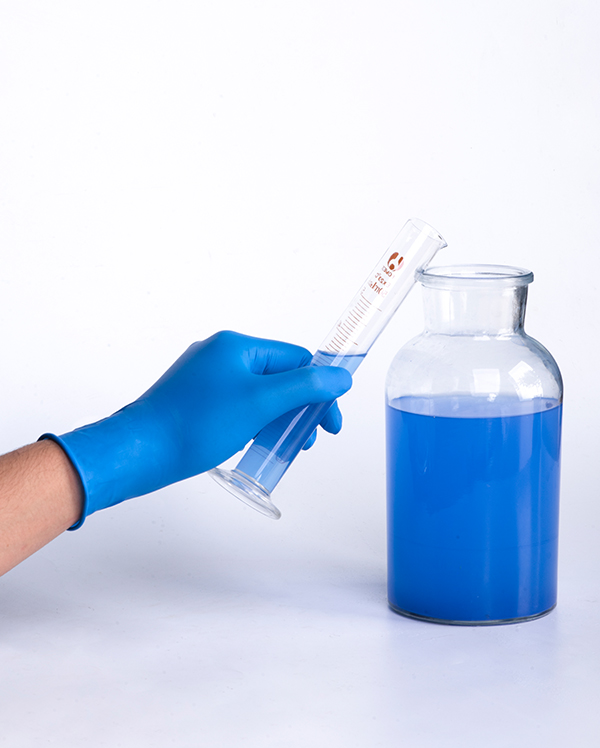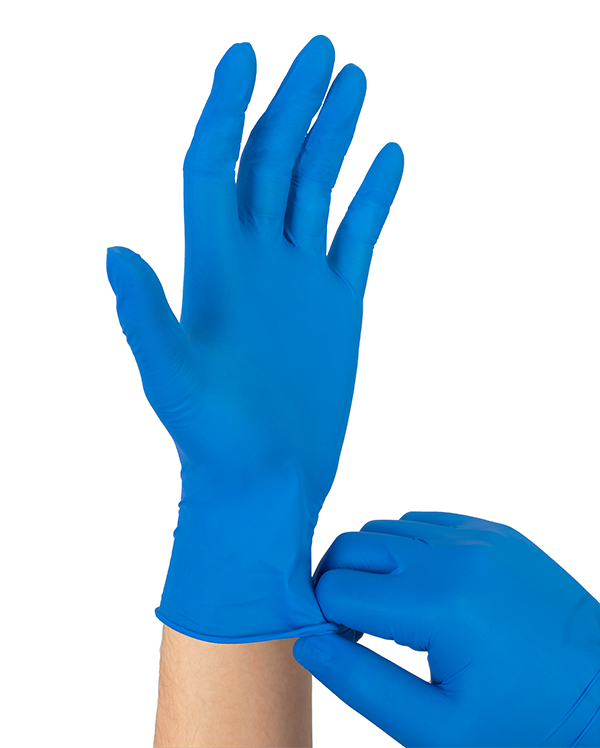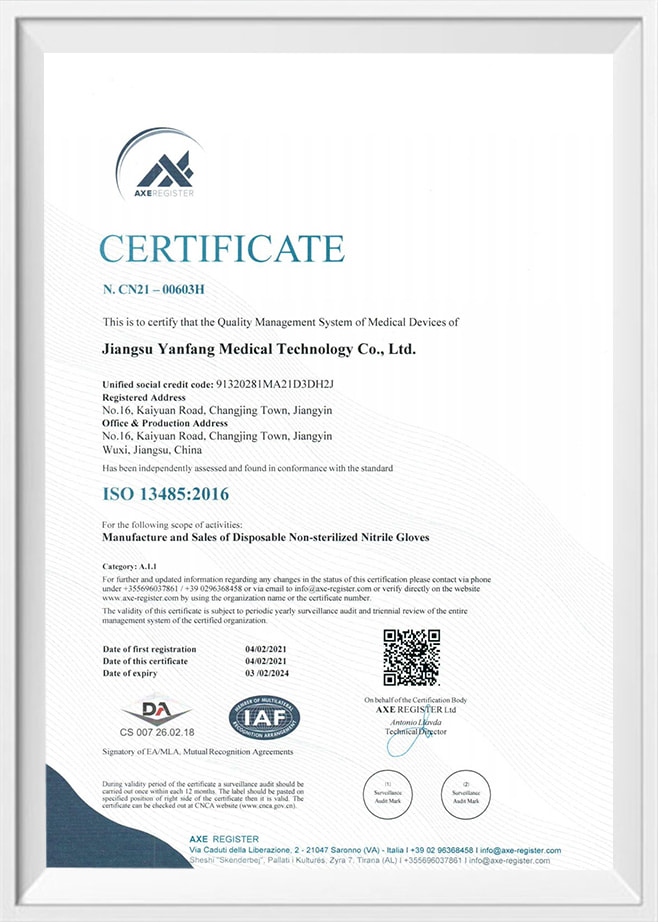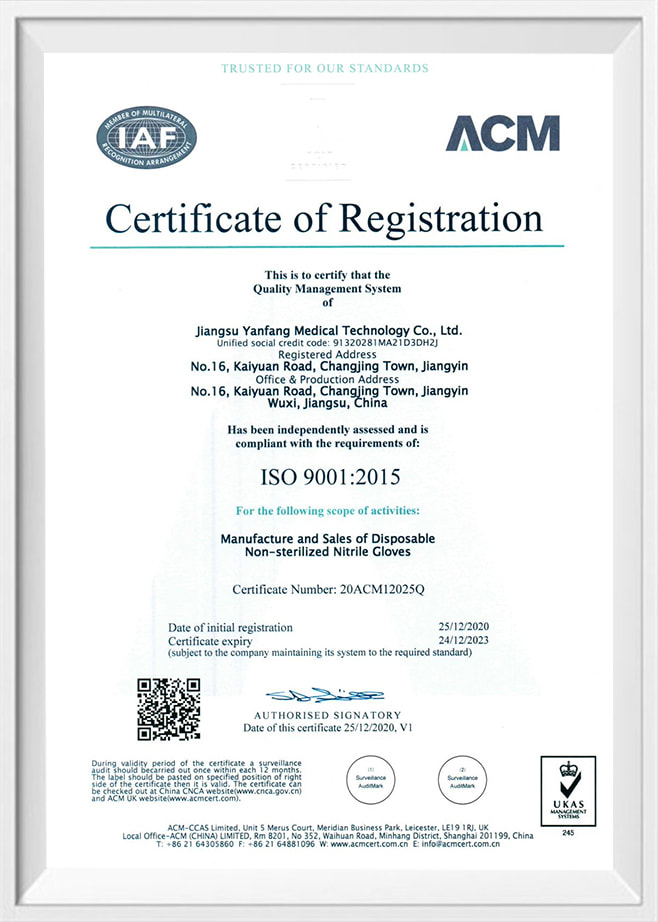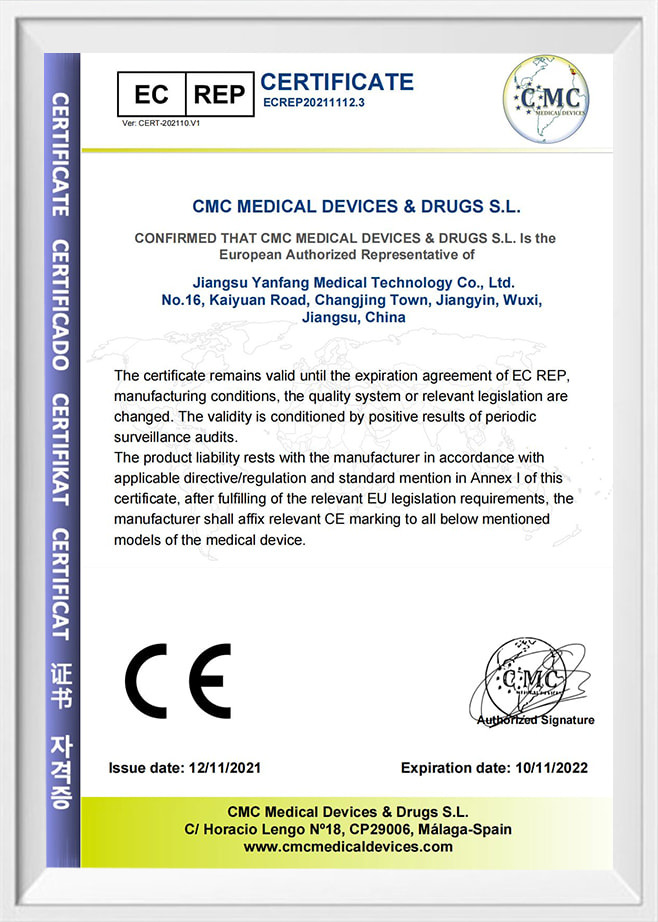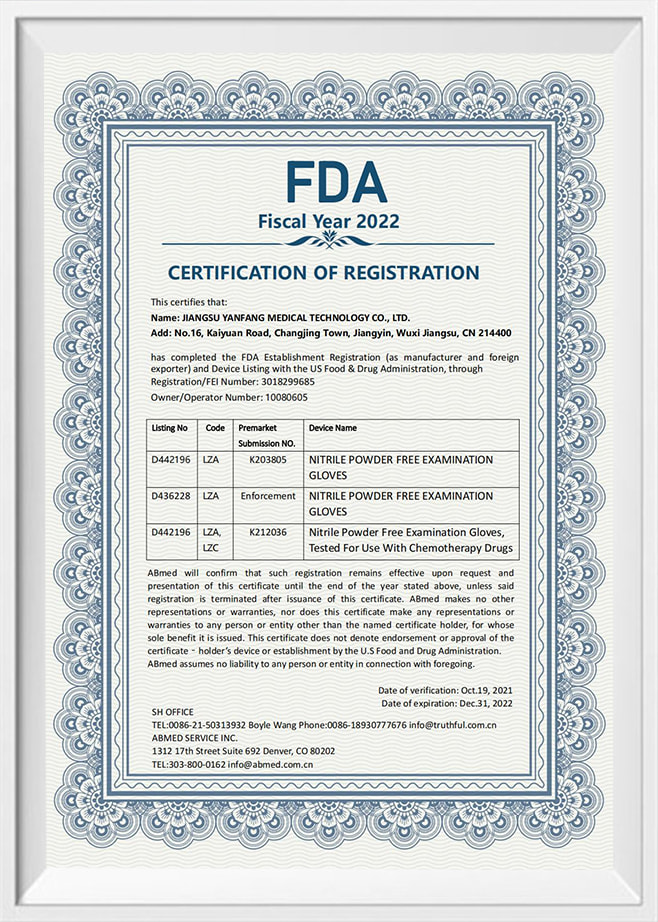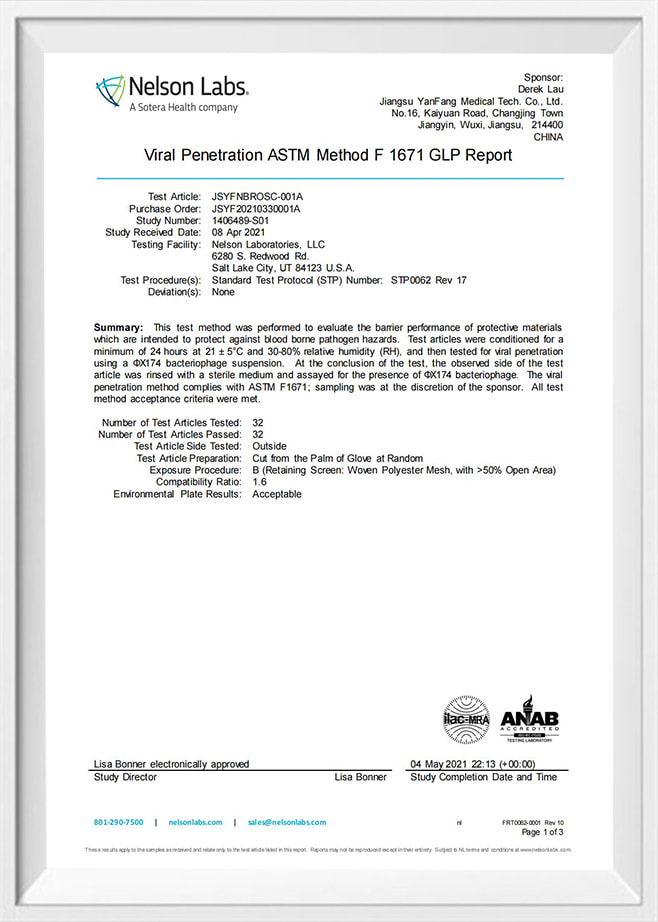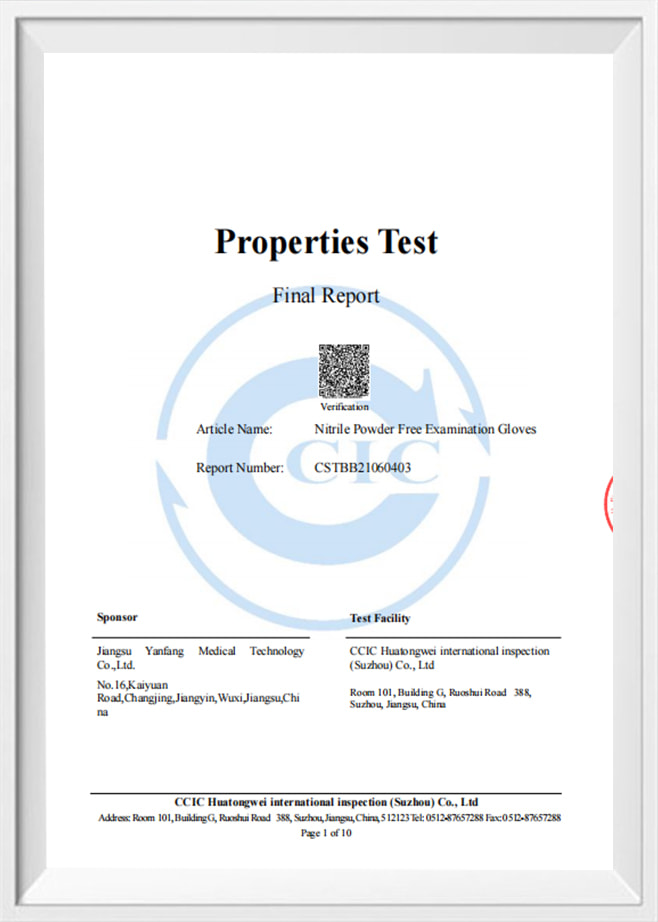Purified nitrile protective gloves play an important role in modern industrial, medical and laboratory environments. Their unique design - a smooth inner layer and a friction coefficient on the outer ...
READ MOREWeb Menu
Product Search
Exit Menu
Excellent product with exquisite craftsmanship
-
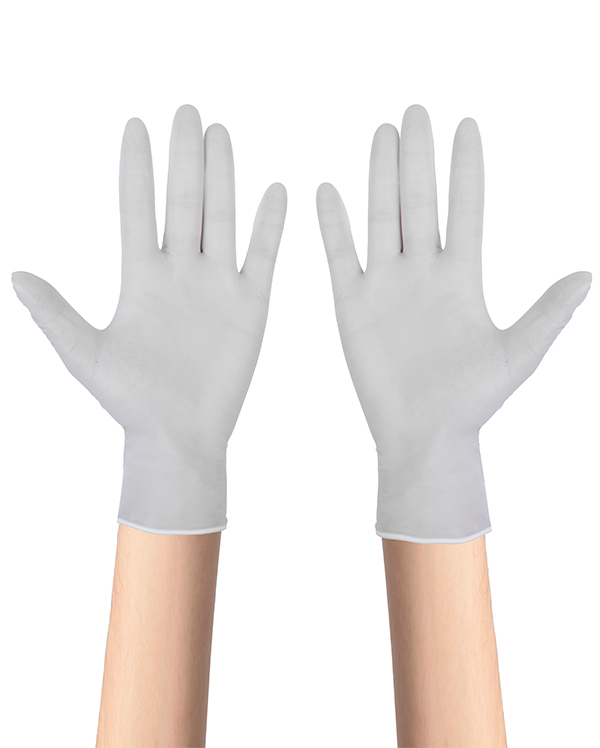 Industrial nitrile protective gloves
Industrial nitrile protective gloves
-
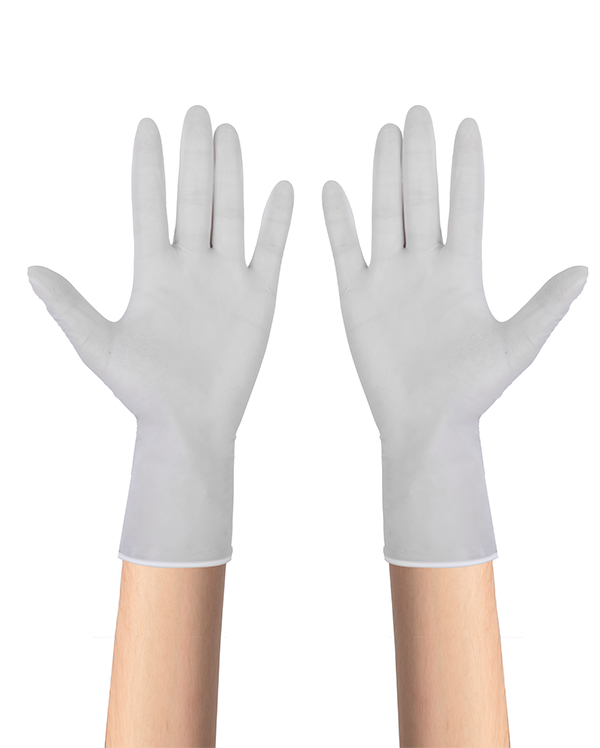 Nitrile protective gloves for food
Nitrile protective gloves for food
-
 Nitrile protective gloves for laboratory use
Nitrile protective gloves for laboratory use
-
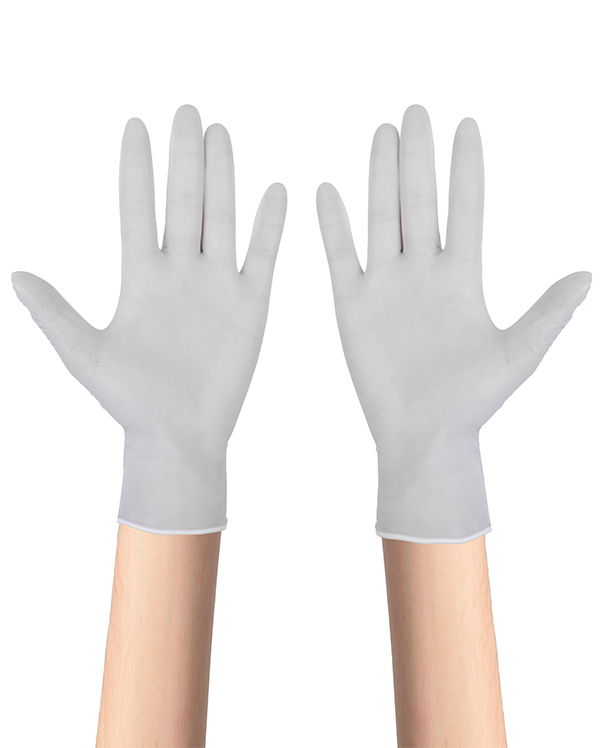 Purified Nitrile Protective Gloves
Purified Nitrile Protective Gloves
-
 Biodegradable nitrile protective gloves
Biodegradable nitrile protective gloves
-
 Aloe vera coating nitrile protective gloves
Aloe vera coating nitrile protective gloves
-
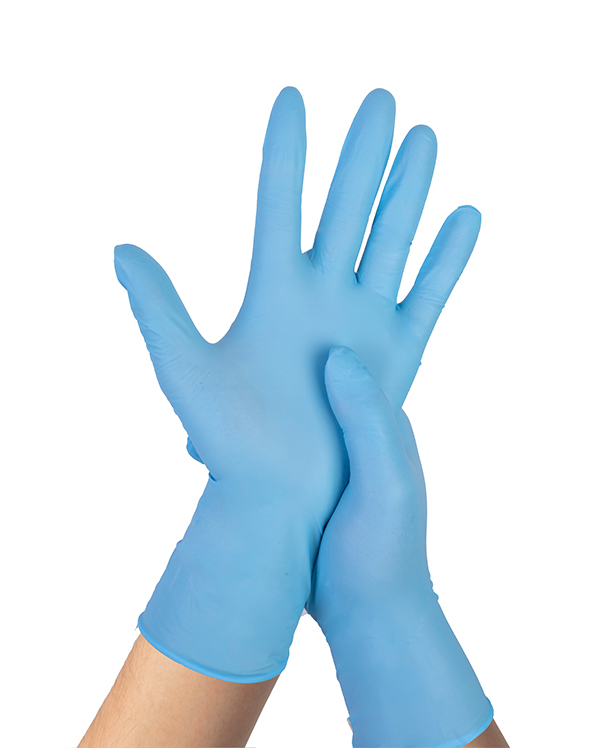 Powder Free Nitrile Examination Gloves
Powder Free Nitrile Examination Gloves
-
 Powder Free Nitrile Examination Gloves For Chemotherapy Use
Powder Free Nitrile Examination Gloves For Chemotherapy Use
-
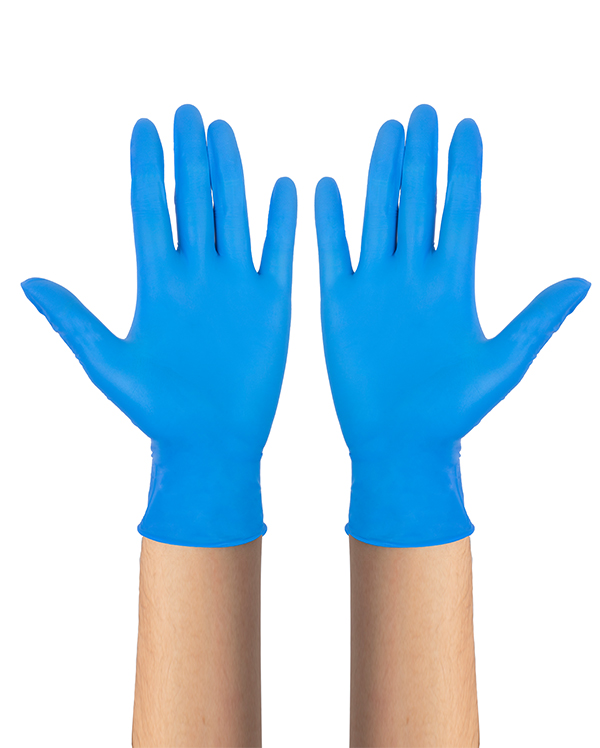 protective gloves against dangerous chemicals and micro-organisms
protective gloves against dangerous chemicals and micro-organisms
-
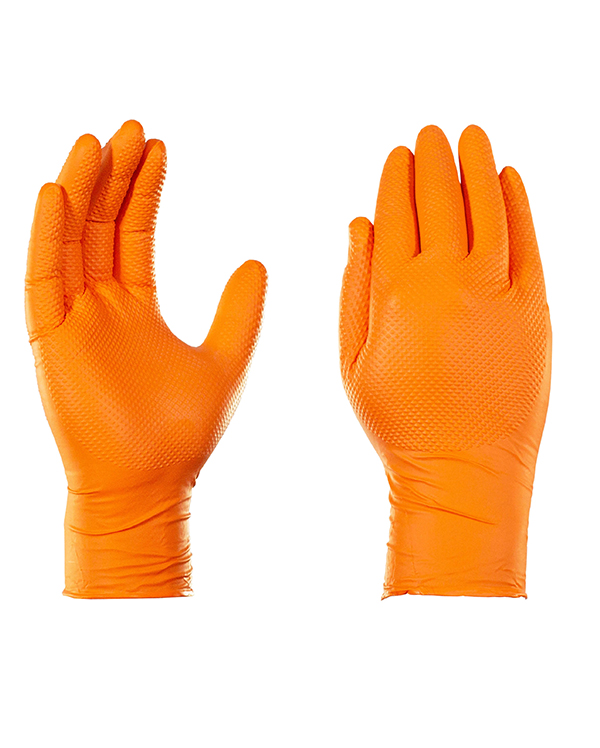 Diamond Pattern Nitrile Protective Gloves
Diamond Pattern Nitrile Protective Gloves

As a professional China OEM protective gloves against dangerous chemicals and micro-organisms Manufacturers and protective gloves against dangerous chemicals and micro-organisms Factory, The company has successively obtained ISO9001 international quality system certification, ISO13485 international quality system certification, EU CE certification, US FDA certification, etc., and its products have been exported to North America, Europe, Japan, the Middle East, Africa, etc.
-
-
The laboratory is an environment full of potential hazards and chemicals, so ensuring the safety of workers is crucial. Nitrile protective gloves are common personal protective equipment in laboratory...
READ MORE -
Although Purified Nitrile Protective Gloves and ordinary nitrile gloves also use nitrile rubber as the main material, their production process is more sophisticated and is mainly aimed at the needs of...
READ MORE -
Disposable Nitrile Protective Gloves are widely used in oil and chemical protection due to their excellent material properties and wide applicability. Compared with traditional latex gloves, nitrile g...
READ MORE -
In daily medical and laboratory work, examination gloves are a critical protective tool to ensure the safety of operators and patients. According to different needs and usage environments, there are m...
READ MORE -
Nitrile gloves are becoming increasingly popular in the food processing and handling industries, mainly due to their excellent oil, chemical and penetration resistance. Compared with latex gloves and ...
READ MORE
-
 Email: [email protected]
Email: [email protected] -
 Fax: +86-0510-86302212
Fax: +86-0510-86302212
-
 Telephone: +86-0510-86301263
Telephone: +86-0510-86301263
-
 Phone: +86-195 5190 0352
Phone: +86-195 5190 0352
Experienced staff and experts are always at your service to provide you with professional guidance for satisfactory solutions to technical problems.
 Privacy
Privacy
-

+86-195 5190 0352
-

-

-


 English
English  中文简体
中文简体
